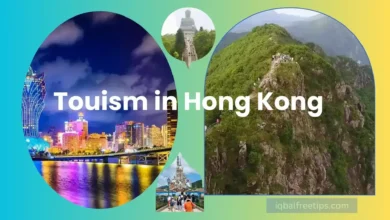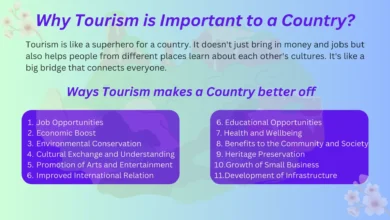
What is Virtual Tourism?
Travelers have the chance to discover locations, cultural landmarks, and natural wonders from the comfort of their homes thanks to virtual tourism, a fast-expanding trend in the travel business. This article explores the realm of virtual tourism, illuminating its definition, its applications, and the profound effects it has on tourists and the hospitality sector. We’ll explore the fascinating possibilities and benefits that this digital revolution brings to the world of travel, from virtual tours of famous locations to educational opportunities at museums.
What is Virtual Tourism?
The term virtual tourism sometimes known as virtual travel or digital tourism, refers to the use of technology to remotely explore and take in tourist attractions and cultural sites without actually going to the place. It uses several digital tools and platforms to offer users immersive and interactive experiences that mimic the sights, sounds, and even some of the sensations of being in a certain location.
Examples of Virtual Tourism
The examples of virtual tourism show how it gives individuals a chance to discover a variety of locations, whether they be well-known landmarks, natural marvels, museums, or historical places, all from the comfort of their homes. Virtual tourism experiences are always developing and growing, providing a more immersive and instructive way to travel online.
A few examples of virtual tourism activities and projects that let individuals discover places and attractions from the comfort of their homes are shown below.
National Park Virtual Tours
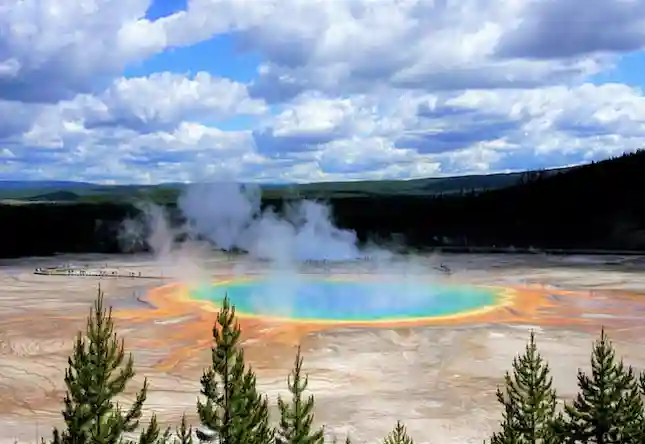
Users can explore the creatures and natural beauty of many U.S. national parks through virtual tours and 360-degree films. Tours of the Grand Canyon and Yellowstone National Park are two examples.
Museum Virtual Tour
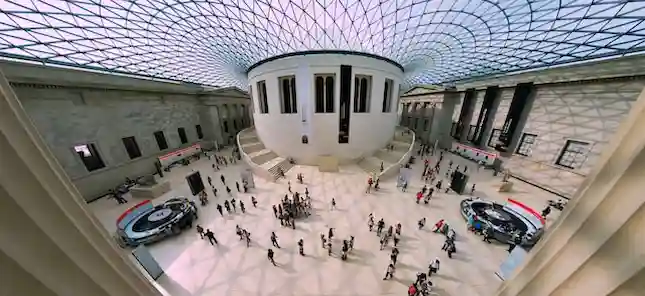
Many museums all over the world have embraced virtual tourism by providing online tours of their exhibits. The Smithsonian National Museum of Natural History and the British Museum, for instance, allow virtual access to their collections.
Virtual Travel Agencies
A few travel companies have begun to provide virtual travel experiences. These businesses make immersive, narrated virtual tours of well-known tourist locations using technology. While exploring, visitors can converse with a tour guide and ask questions.
Google Earth
Users can explore 3D maps of numerous sites all over the world with Google Earth’s virtual globe. Users may explore iconic sites, zoom in on cities, and even take guided virtual tours of particular places.
VR Travel App
Users of virtual reality apps like “Wander” and “Wanderlust VR” have the chance to travel virtually to a variety of locations. Users can explore realistic 3D worlds and take in the sights and sounds of various locations.
Online Travel Vlogs and YouTube Channel
Through virtual vlogs, travel lovers and content producers on websites like YouTube frequently share their travel experiences with viewers, giving them a flavor of other locations and cultures.
Machu Picchu Virtual Tour
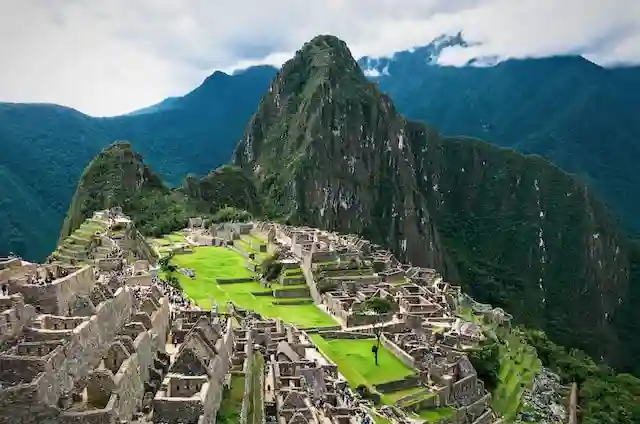
A virtual tour of the well-known Incan citadel of Machu Picchu is available via the Peruvian Ministry of Culture. Users can explore various parts of the website and discover its significance and history.
Virtual Disney World
Disney fans can take virtual park tours on websites and YouTube channels to visit Disney theme parks from the comfort of their own homes. The shows, parades, and other events that may be found in Disney parks are highlighted in these tours.
What Does the Hospitality Sector Stand to Gain from Virtual Tourism?
Virtual tourism is like a secret weapon for the travel industry. It helps hotels and places show off their amazing features, which gets people excited about traveling again when things go back to normal. It’s a way to keep destinations in people’s minds, so when they can travel, they’ll remember and want to visit those places they’ve seen virtually. It’s like a tool to help the travel industry bounce back after tough times.
The hospitality business must balance the benefits and drawbacks of virtual tourism. Positively, it’s a strong marketing tool that enables hotels and resorts to promote their establishments abroad, potentially enhancing client pleasure and accessibility. It might not, however, directly increase sales, and handling visitor expectations and privacy concerns can be difficult. Successful virtual tourism integration in the hospitality industry depends on striking a balance between marketing and reality.
Benefits of Virtual Tourism
Travelers and the tourist industry can both profit from virtual tourism, which enhances traditional travel experiences and offers a variety of advantages from accessibility and cost savings to educational possibilities and environmental considerations.
For both tourists and the tourism business, virtual travel has several advantages.
- Accessibility
- Marketing and promotion
- Saving time
- Risk Mitigation
- Education and cultural understanding
- Preservation
- Differentiation and innovation
- Reduced Environmental Impact
- Inspiration
- Planning and review
Accessibility
Virtual travel enables those with physical restrictions or disabilities to explore places and attractions that might be challenging to reach in person. Equal access to travel opportunities is encouraged by this inclusion
Marketing and Promotion
Virtual travel is an effective marketing tool for the tourist sector. It can spark curiosity and excitement about travel destinations and lodging options, assisting businesses in luring in new customers.
Saving Time
Virtual tours enable travelers to quickly and efficiently explore locations and attractions, saving time that would otherwise be spent on planning their trip.
Risk Mitigation
Virtual tourism offers a mechanism for the sector to keep in touch with potential customers during times of crisis, such as pandemics or natural catastrophes when physical travel would not be feasible or safe.
Education and Cultural Understanding
By delivering insights into the history, culture, and heritage of many locations, virtual tourism offers educational opportunities. It promotes appreciation and understanding of cultures.
Preservation
By generating interest in and knowledge of the importance of historical sites and other cultural landmarks, virtual tourism can aid in their preservation.
Differentiation and Innovation
Tourism operators that embrace virtual tourism can stand out in a crowded industry, show innovation, and draw in tech-savvy tourists.
Reduced Environmental Impact
Virtual tourism supports sustainable tourism objectives by lowering the need for actual travel and minimizing carbon emissions and environmental impact.
Inspiration
Travel enthusiasm can be maintained and the tourism sector may bounce back more swiftly from hard times with the support of virtual tourism.
Planning and Review
Virtual tours and experiences can be used by travelers to get a glimpse of the locations and lodgings. This facilitates the process of making well-informed travel selections, potentially lowering the likelihood of being let down when traveling.
Conclusion
By providing immersive experiences from home, virtual tourism is revolutionizing how we travel. Travelers benefit from accessibility, educational opportunities, and time savings. It also works well as a marketing tool for the sector. Virtual tourism has a lot of promise to cohabit with traditional travel, achieving a more inclusive and sustainable future while balancing its benefits and drawbacks.
You may like:



